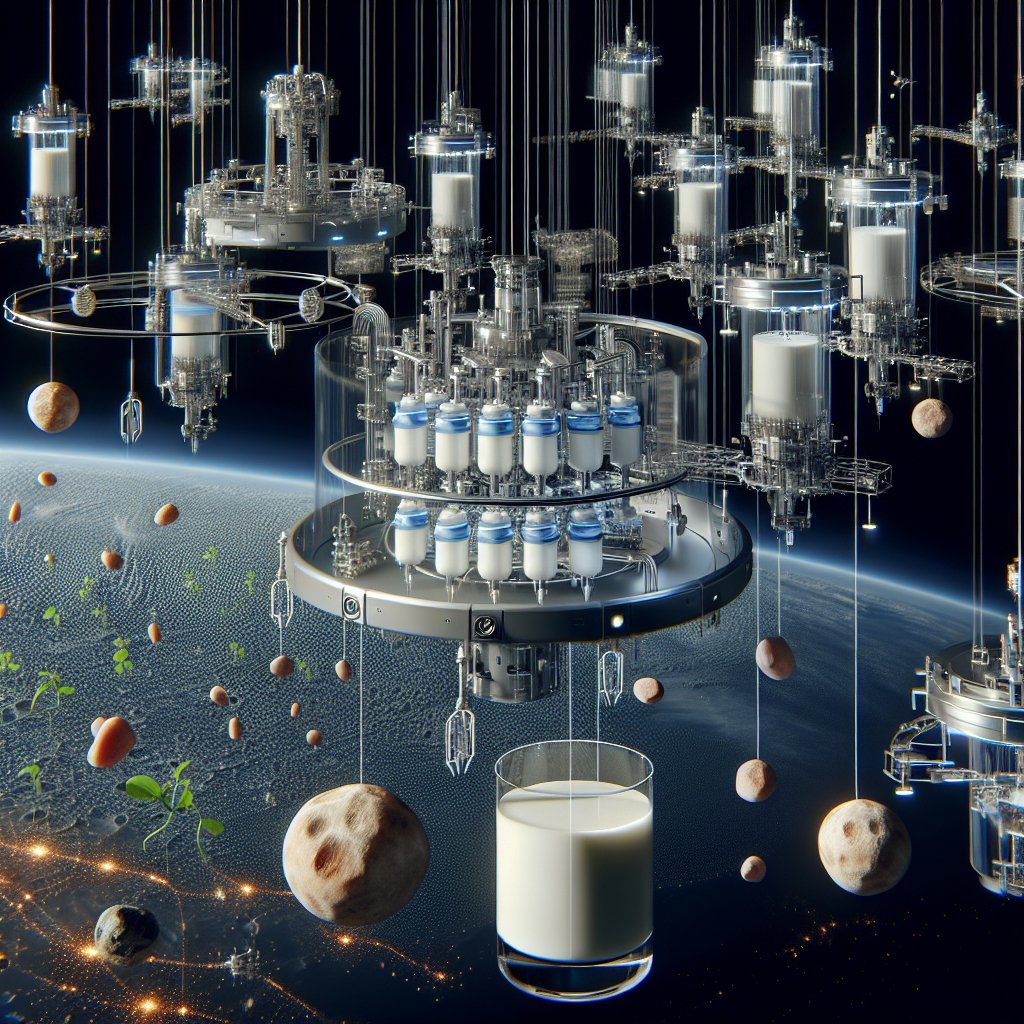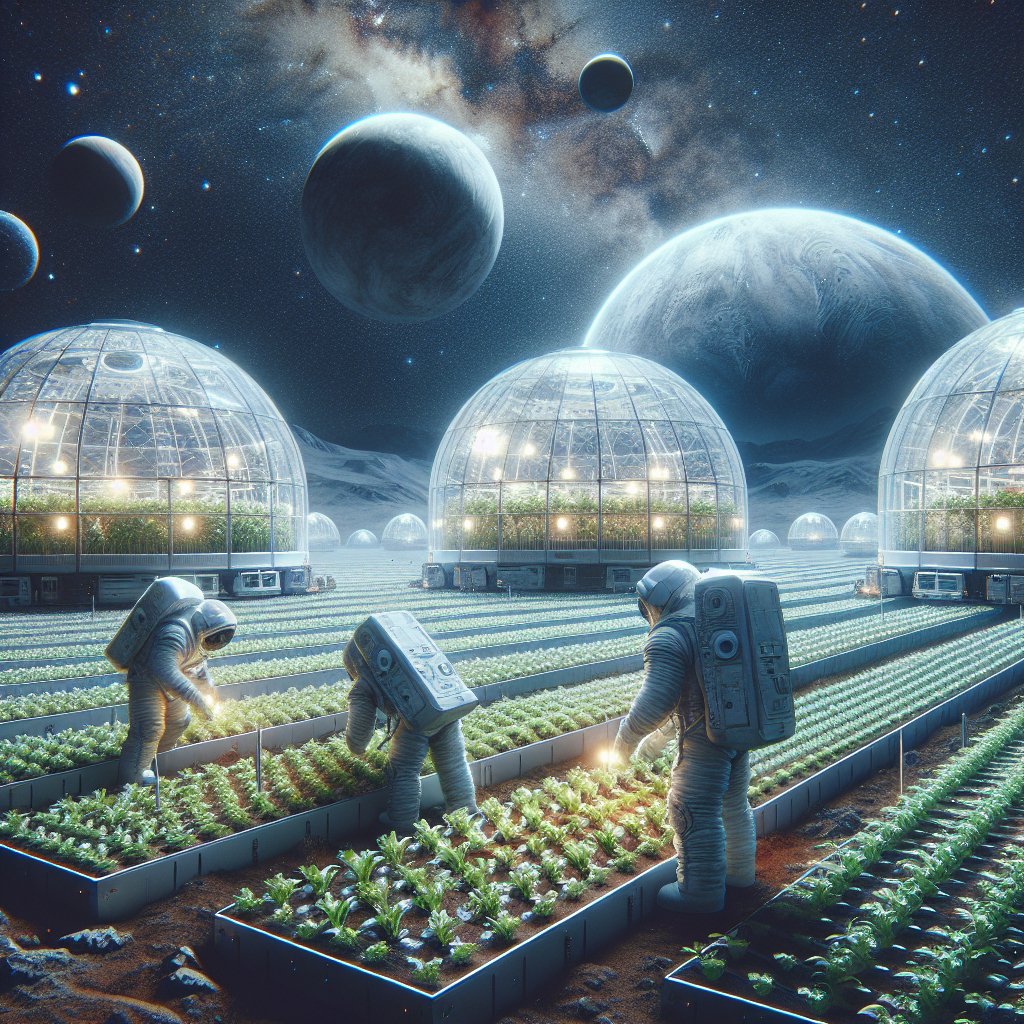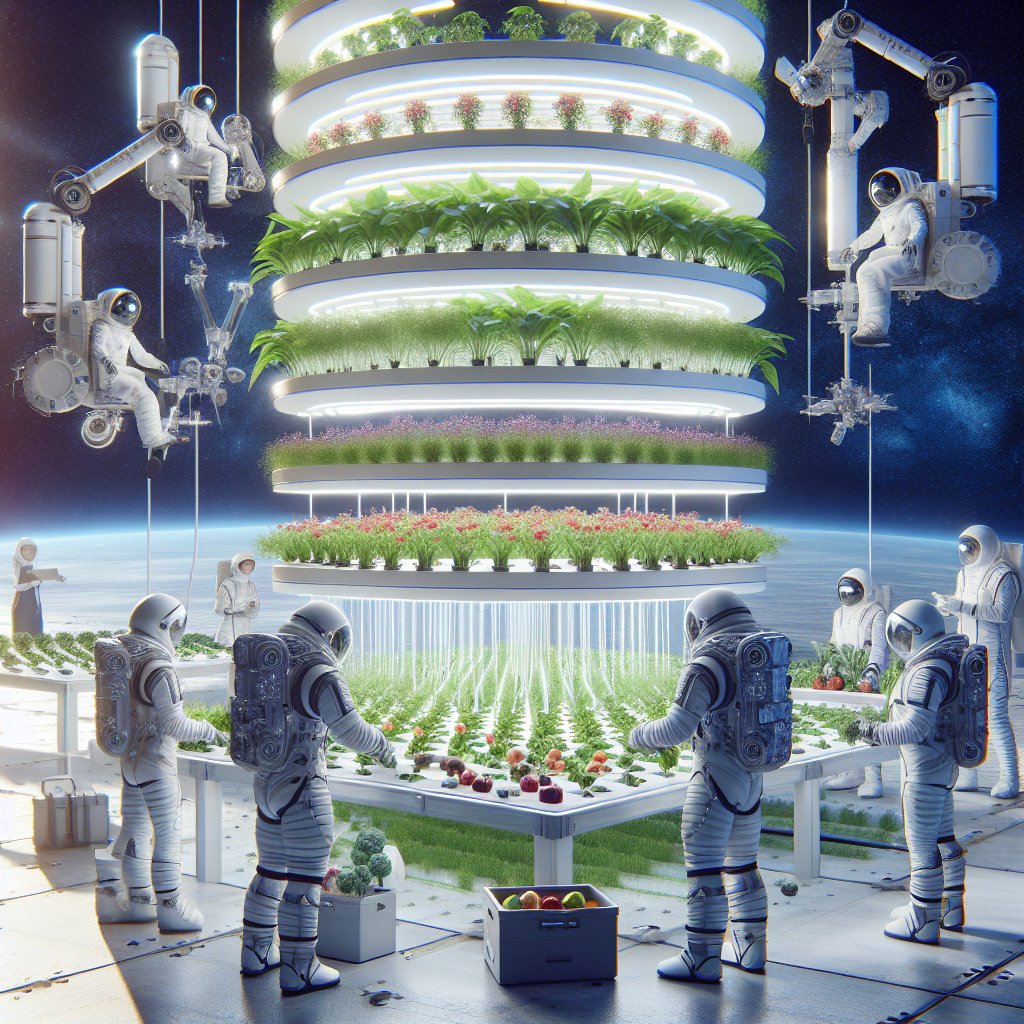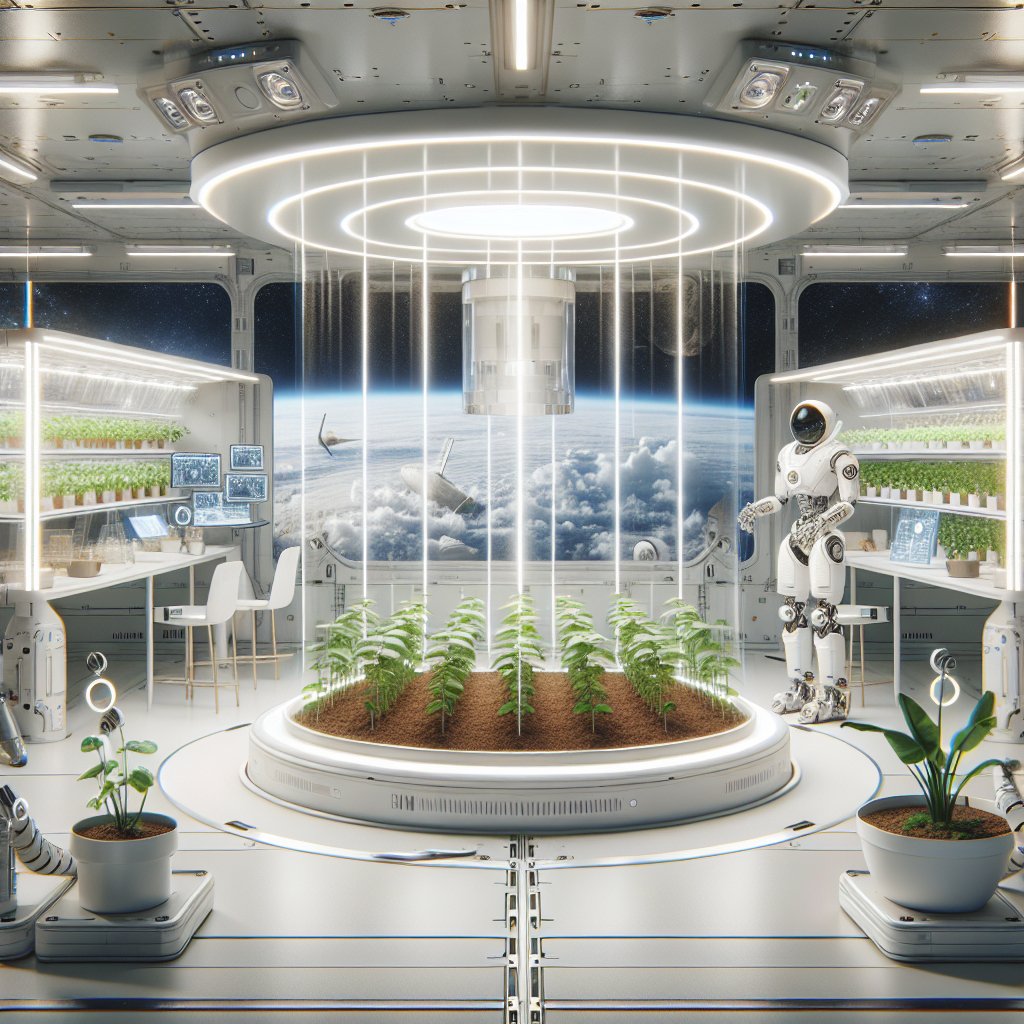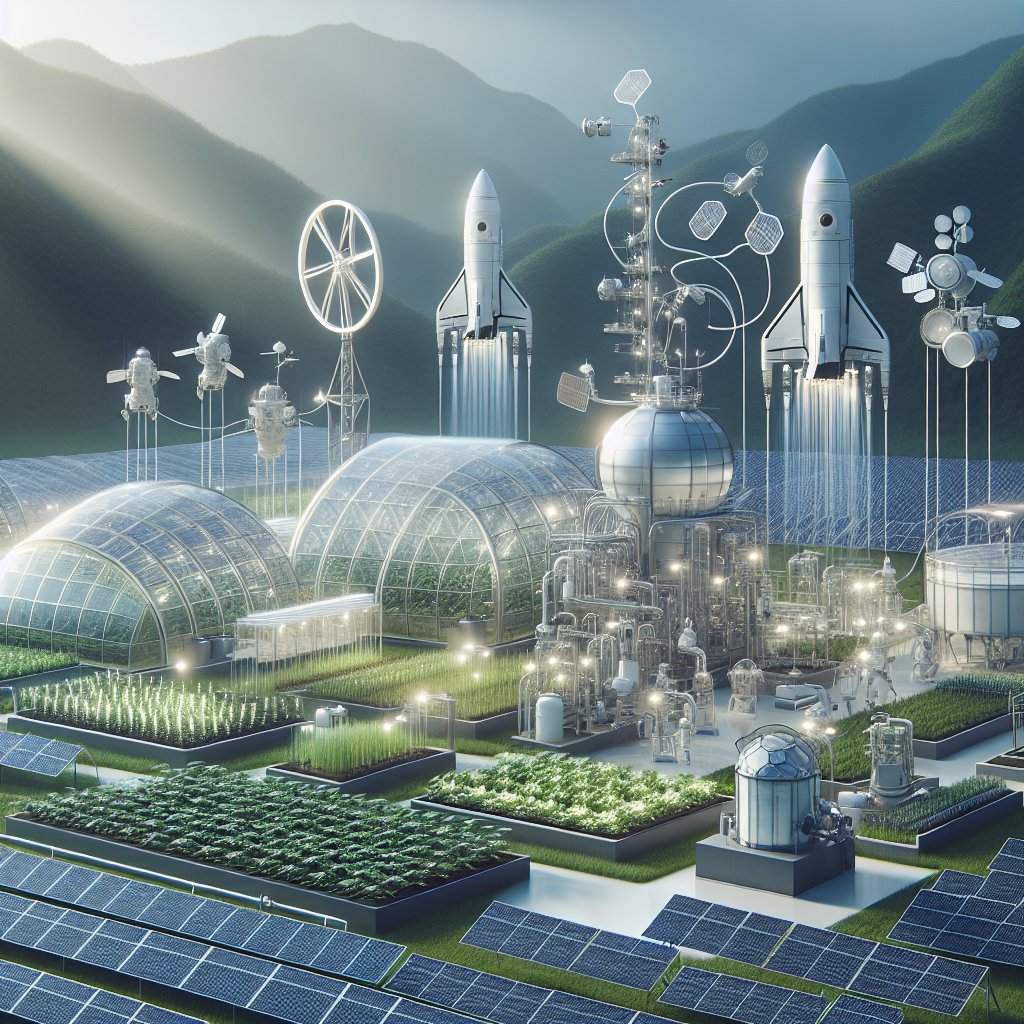The future of protein production in space farming systems holds immense potential for addressing food security challenges both on Earth and beyond. As humanity ventures further into the cosmos, the need for sustainable and efficient agricultural practices becomes increasingly critical. This article explores the innovative approaches to protein production in space farming, examining the technologies, challenges, and implications for future space missions and terrestrial agriculture.
Understanding Space Farming
Space farming refers to the cultivation of crops in extraterrestrial environments, such as the Moon or Mars, where traditional agricultural practices are not feasible. The concept is driven by the necessity to provide food for astronauts during long-duration space missions, as well as the potential for establishing self-sustaining colonies on other planets. The unique challenges of space farming include limited resources, harsh environmental conditions, and the need for efficient use of space and energy.
The Importance of Protein in Space Diets
Protein is a crucial component of human nutrition, essential for muscle repair, immune function, and overall health. In space, where physical activity levels may be altered and the risk of muscle atrophy increases, ensuring an adequate protein intake is vital. Traditional sources of protein, such as meat and dairy, are not practical for space missions due to their weight, spoilage issues, and the complexities of storage and preparation. Therefore, alternative protein sources must be explored to meet the dietary needs of astronauts.
Innovative Protein Production Methods
Several innovative methods for protein production in space farming systems are currently being researched and developed. These methods aim to maximize efficiency while minimizing resource use. Some of the most promising approaches include:
- Hydroponics and Aeroponics: These soilless farming techniques allow for the cultivation of plants in nutrient-rich water or mist, significantly reducing the amount of water and space required. Hydroponics has already been successfully tested on the International Space Station (ISS), demonstrating its viability for space agriculture.
- Vertical Farming: By utilizing vertical space, crops can be grown in stacked layers, increasing yield per square meter. This method is particularly advantageous in the confined spaces of spacecraft or lunar habitats.
- Microbial Protein Production: Microorganisms, such as bacteria and yeast, can be engineered to produce protein-rich biomass. These organisms can thrive on minimal resources and can be cultivated in bioreactors, making them an attractive option for space farming.
- Insect Farming: Insects are highly efficient protein producers, requiring significantly less land, water, and feed compared to traditional livestock. Farming insects in space could provide a sustainable source of protein while also recycling organic waste.
Challenges of Space Farming
Despite the promising advancements in space farming, several challenges must be addressed to ensure successful protein production in extraterrestrial environments. These challenges include:
Resource Limitations
Space missions are constrained by limited resources, including water, energy, and nutrients. Efficient recycling and utilization of these resources are essential for sustainable farming practices. Developing closed-loop systems that can recycle water and nutrients will be critical for the success of space agriculture.
Environmental Conditions
The harsh conditions of space, including radiation, microgravity, and extreme temperatures, pose significant challenges for plant growth. Research is ongoing to understand how these factors affect crop development and to identify resilient plant varieties that can thrive in such environments.
Psychological Factors
The psychological well-being of astronauts is another important consideration. Engaging in farming activities can provide a sense of purpose and connection to Earth, potentially improving mental health during long missions. However, the stress of maintaining crops in a challenging environment may also pose psychological challenges that need to be addressed.
Implications for Earth Agriculture
The advancements in space farming systems have the potential to revolutionize agriculture on Earth as well. Many of the technologies and practices developed for space can be adapted to improve food production in resource-limited settings. For example, hydroponics and vertical farming can be implemented in urban areas to increase food security and reduce the environmental impact of traditional agriculture.
Addressing Food Security
As the global population continues to grow, food security remains a pressing issue. The techniques developed for space farming can help address this challenge by enabling more efficient use of land and resources. By adopting innovative agricultural practices, we can increase crop yields and reduce the environmental footprint of food production.
Climate Change Resilience
Climate change poses significant threats to traditional agriculture, including extreme weather events, changing precipitation patterns, and soil degradation. The development of resilient farming systems, such as those used in space, can help mitigate these impacts. By utilizing controlled environments and resource-efficient practices, we can create agricultural systems that are more adaptable to changing conditions.
The Future of Space Farming
The future of protein production in space farming systems is bright, with ongoing research and technological advancements paving the way for sustainable food production beyond Earth. As we continue to explore the cosmos, the lessons learned from space agriculture will not only benefit astronauts but also contribute to solving pressing agricultural challenges on our home planet.
Collaboration and Research
Collaboration between space agencies, agricultural researchers, and private companies will be essential for advancing space farming technologies. By pooling resources and expertise, we can accelerate the development of innovative solutions that address both space and terrestrial agricultural challenges.
Conclusion
The integration of space farming systems into our future endeavors in space exploration represents a significant step toward ensuring food security for astronauts and potentially for people on Earth. As we continue to push the boundaries of human exploration, the development of sustainable protein production methods will play a crucial role in our ability to thrive in new environments. The future of agriculture is not limited to our planet; it extends into the cosmos, where the possibilities for innovation and sustainability are limitless.
